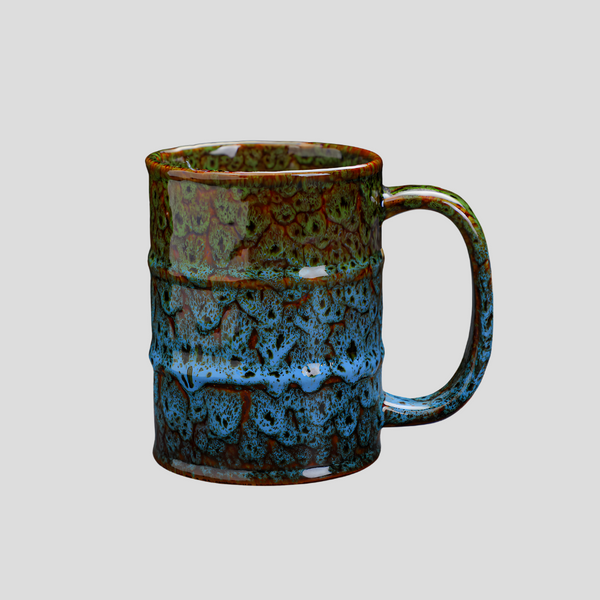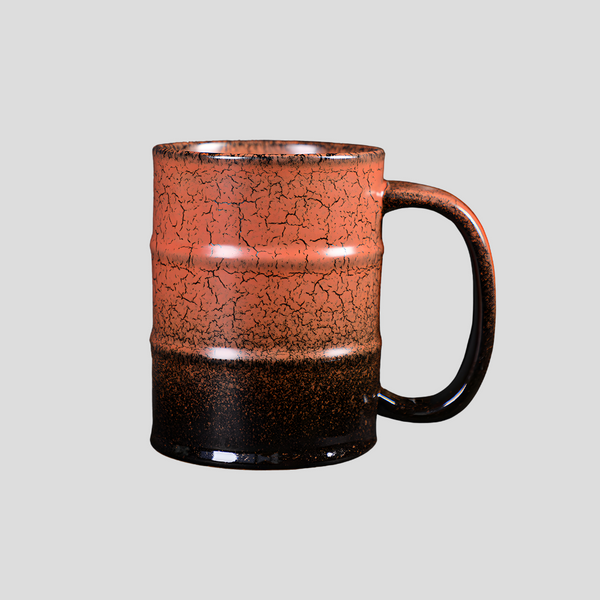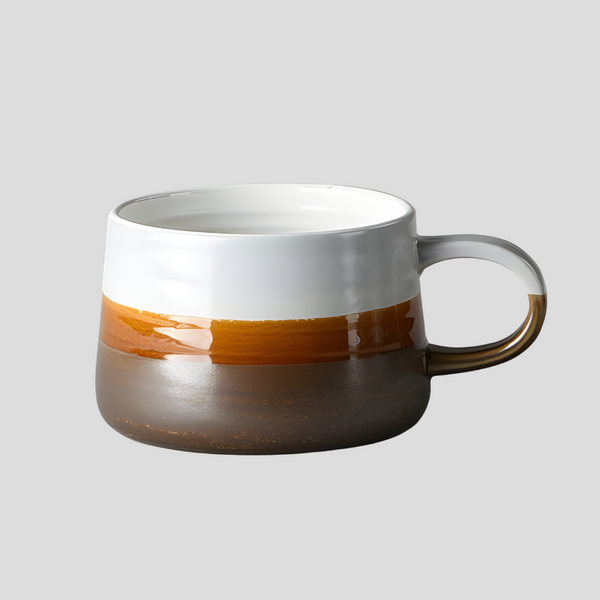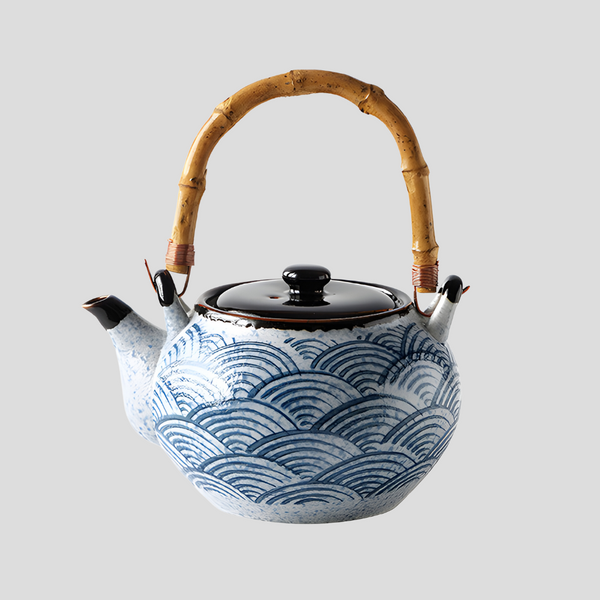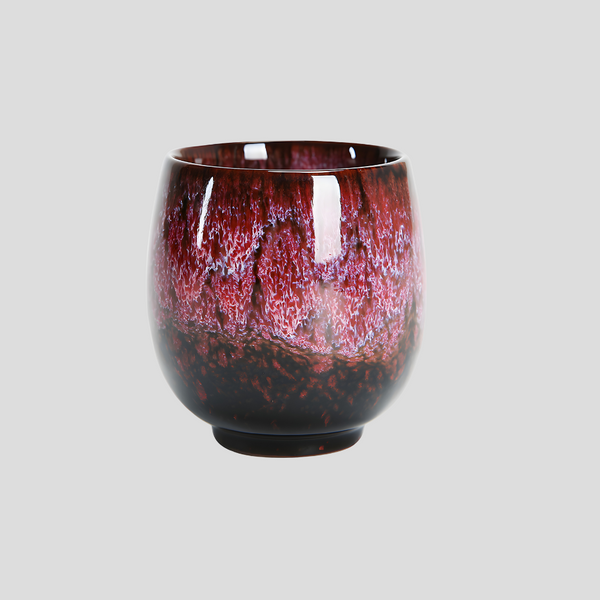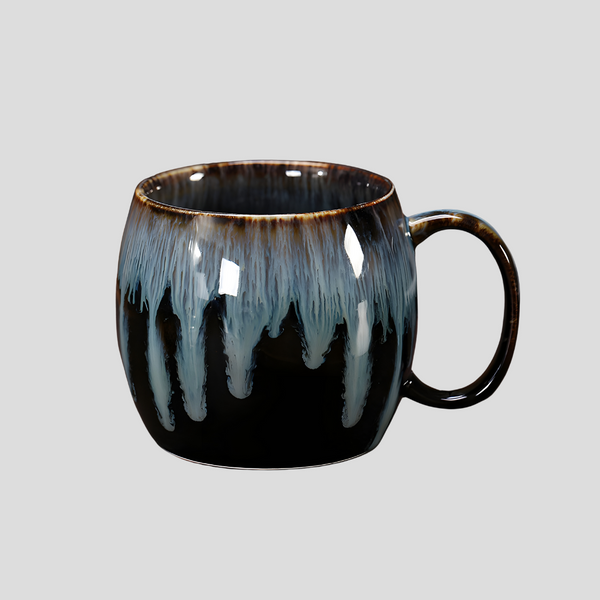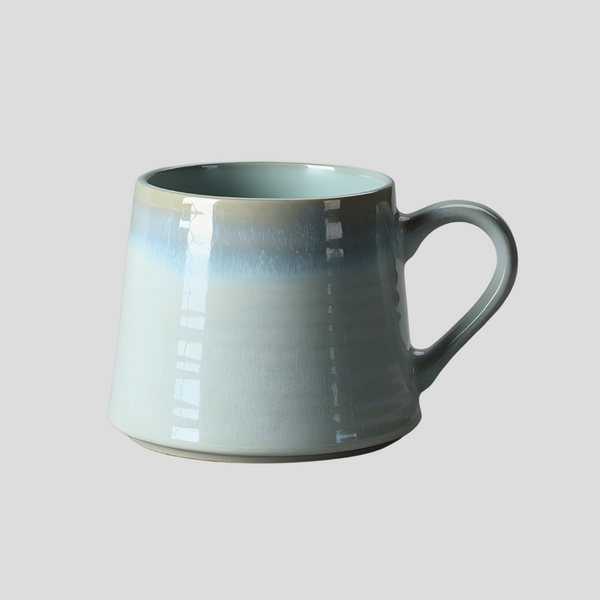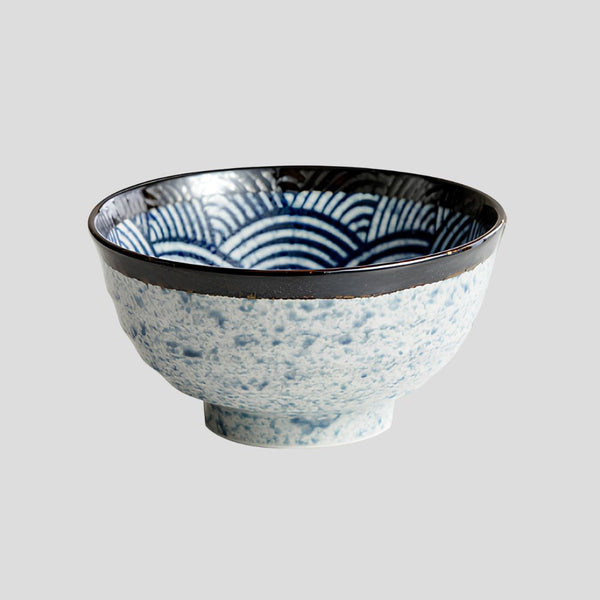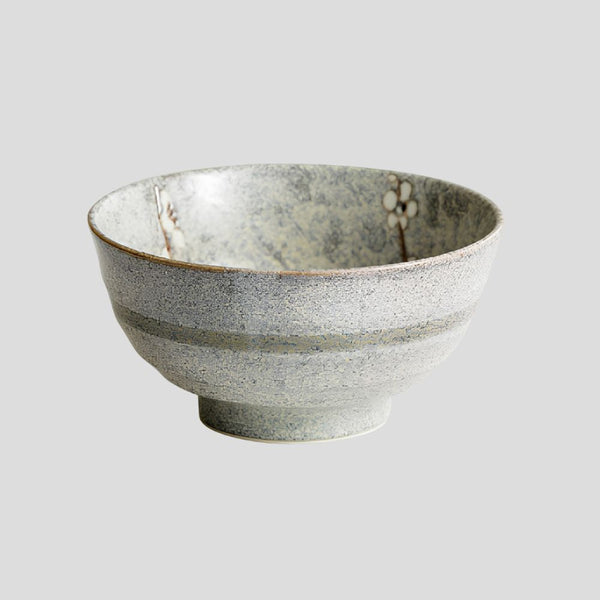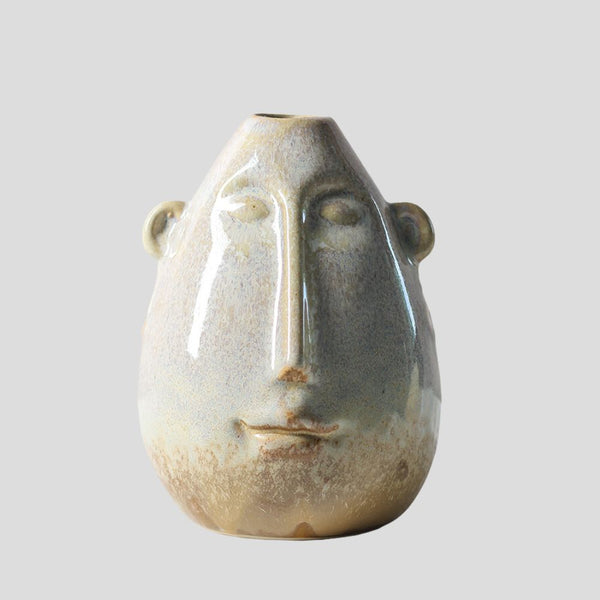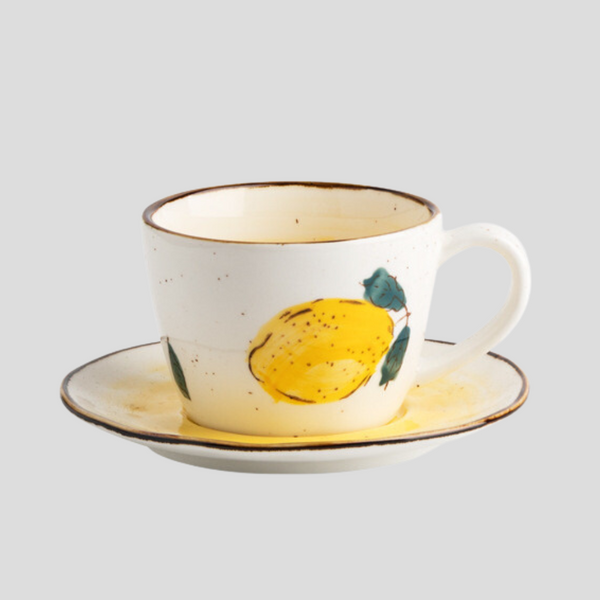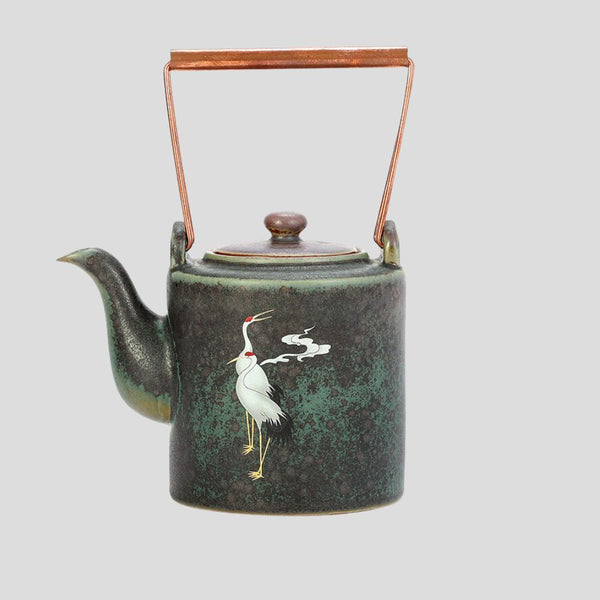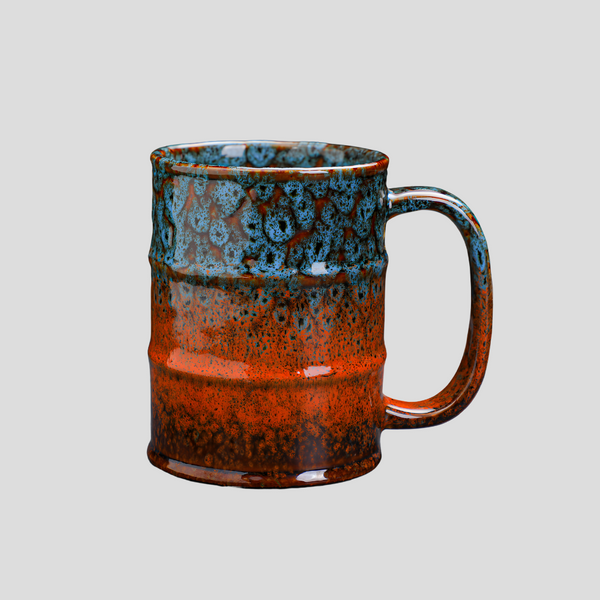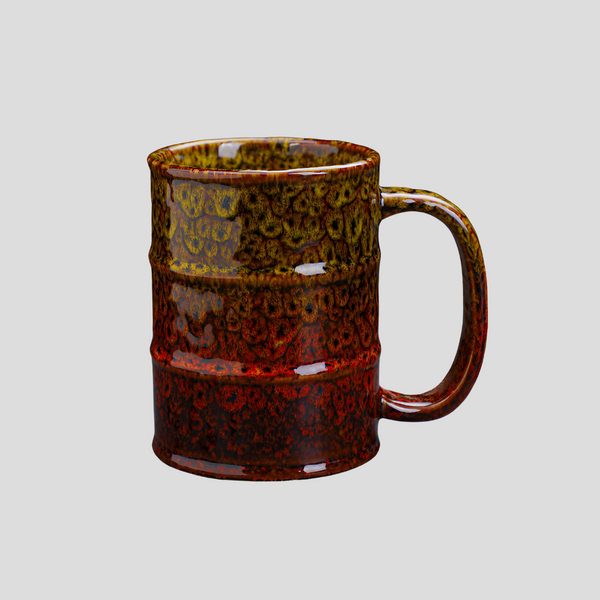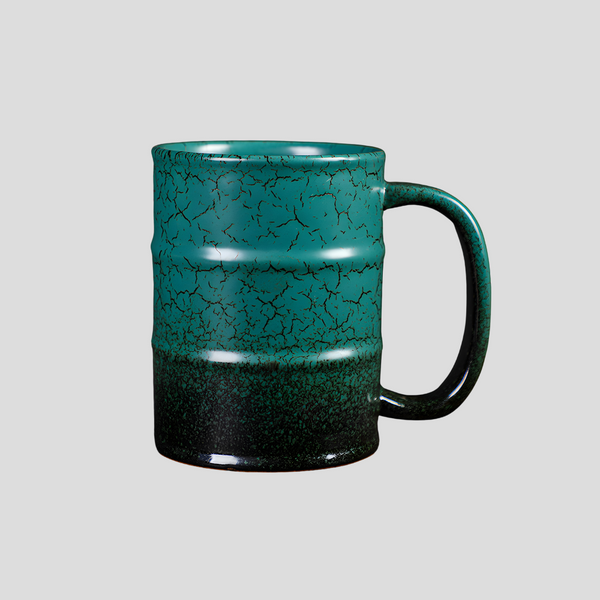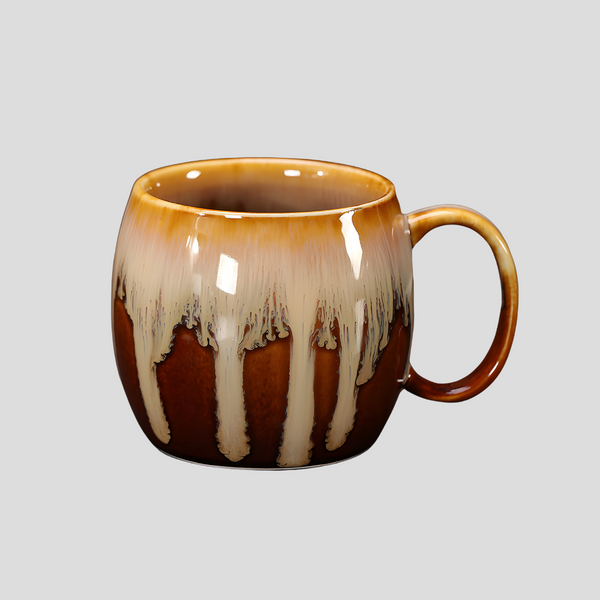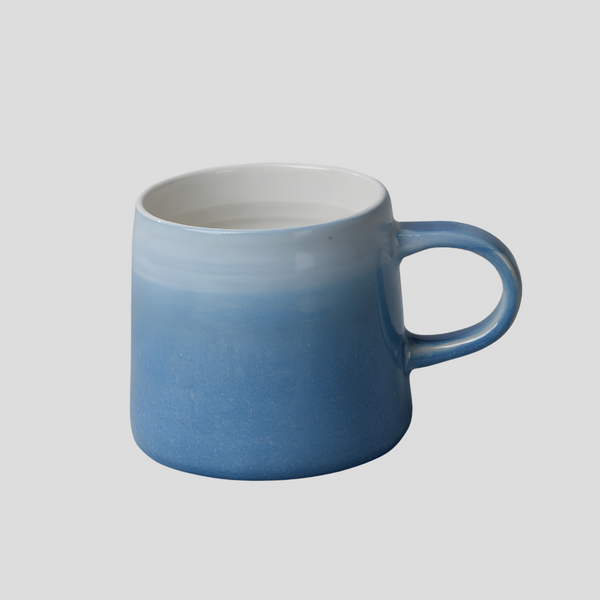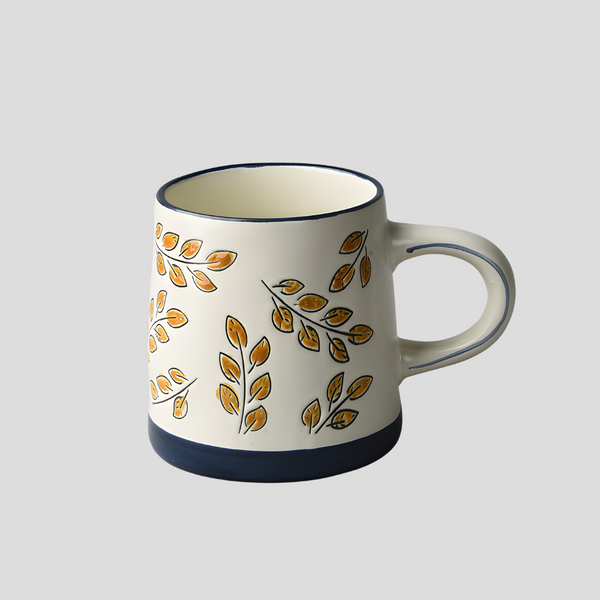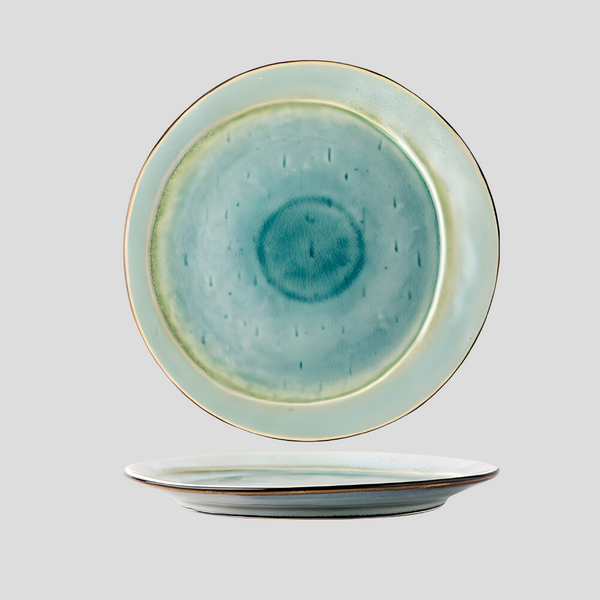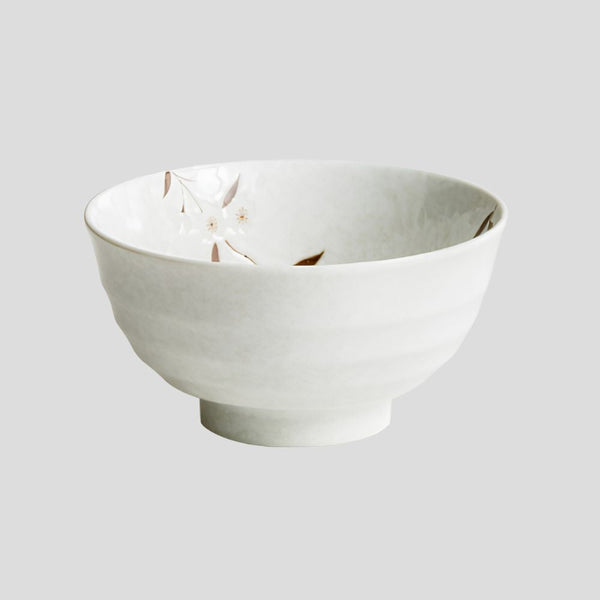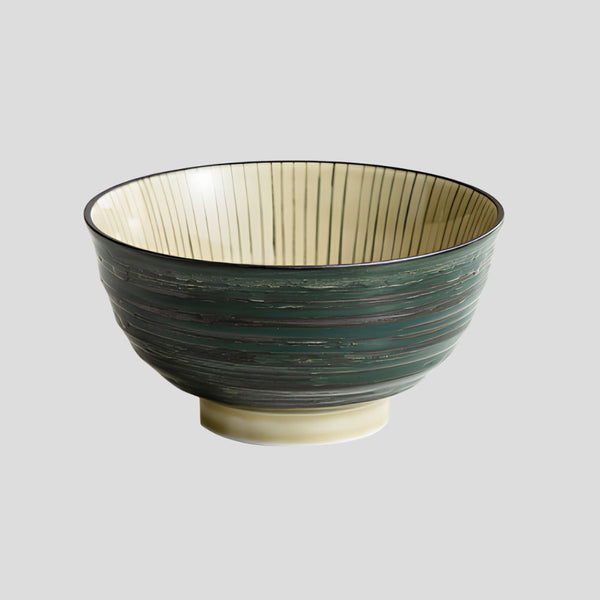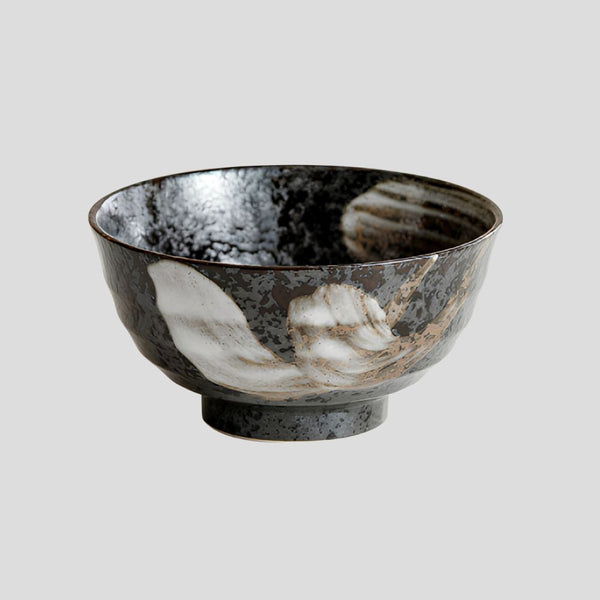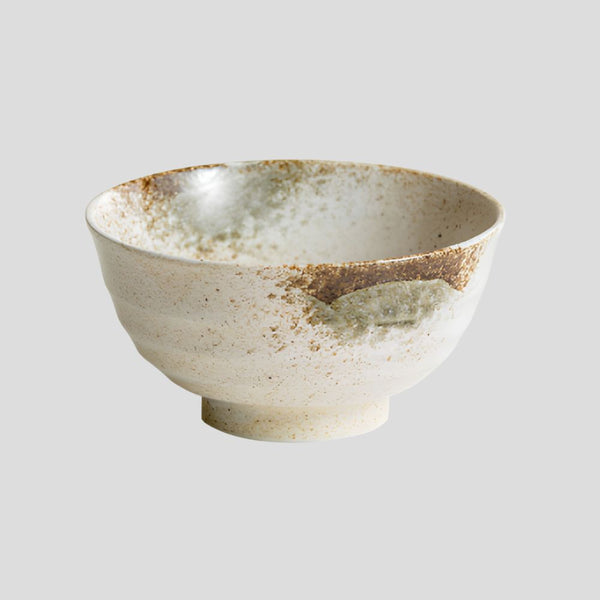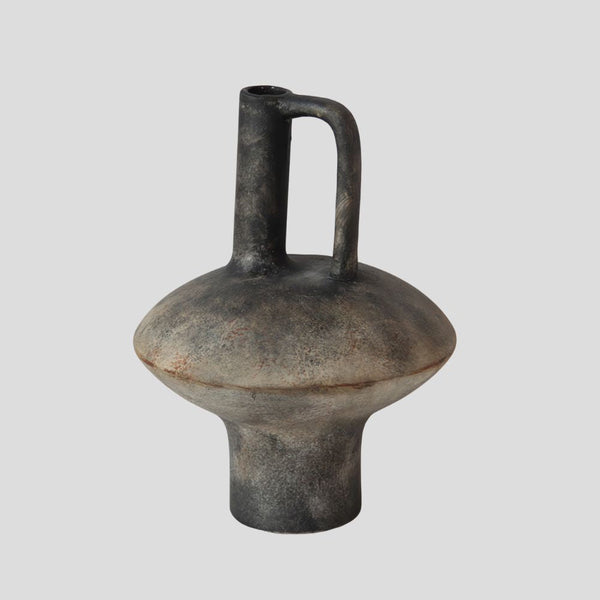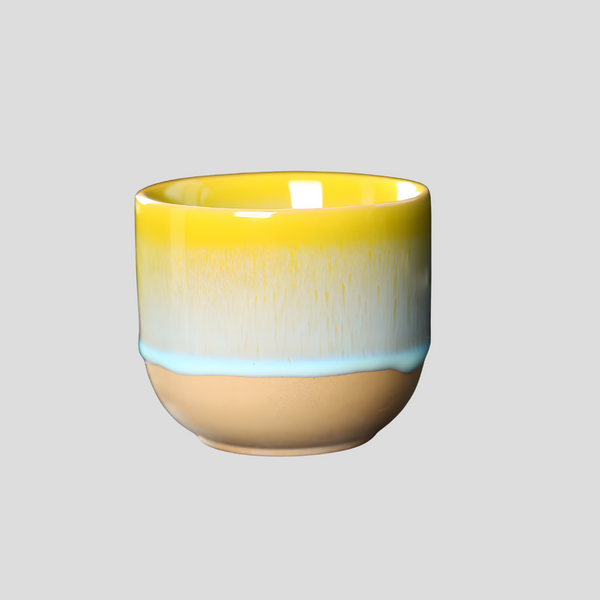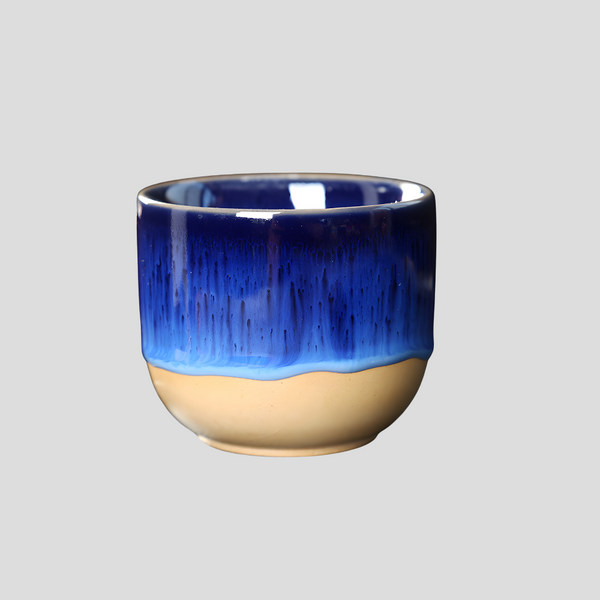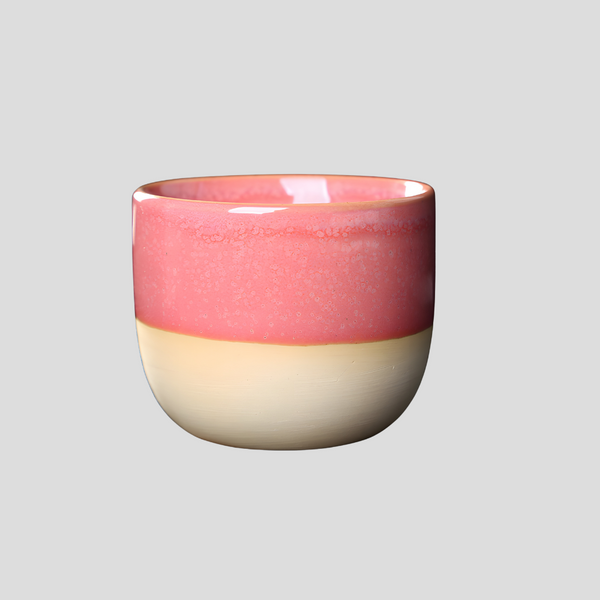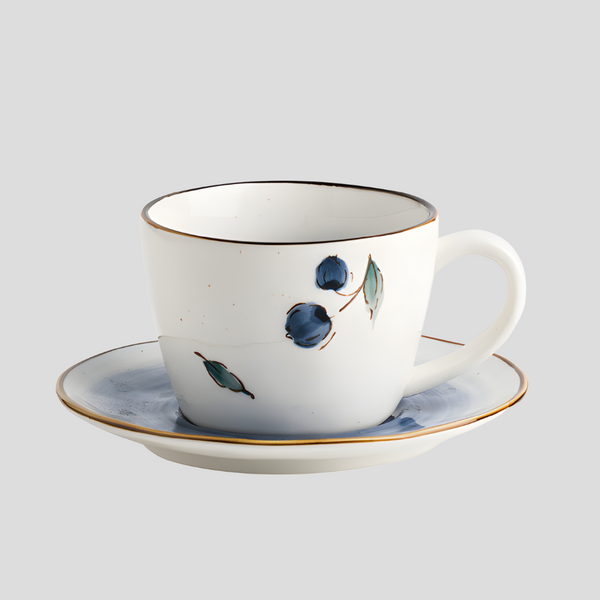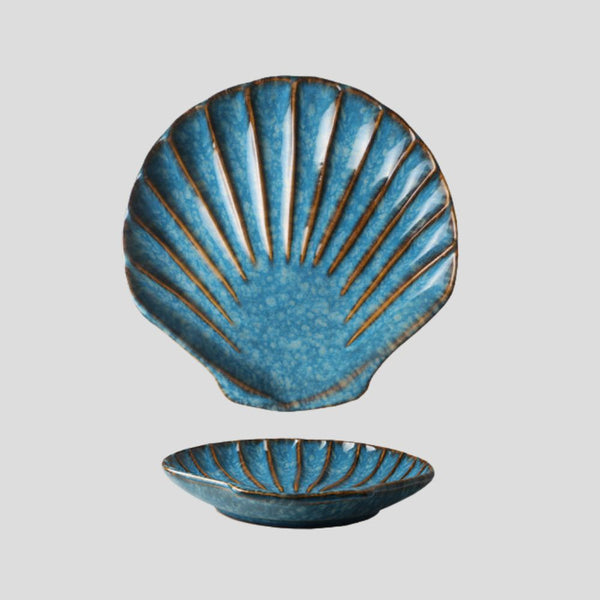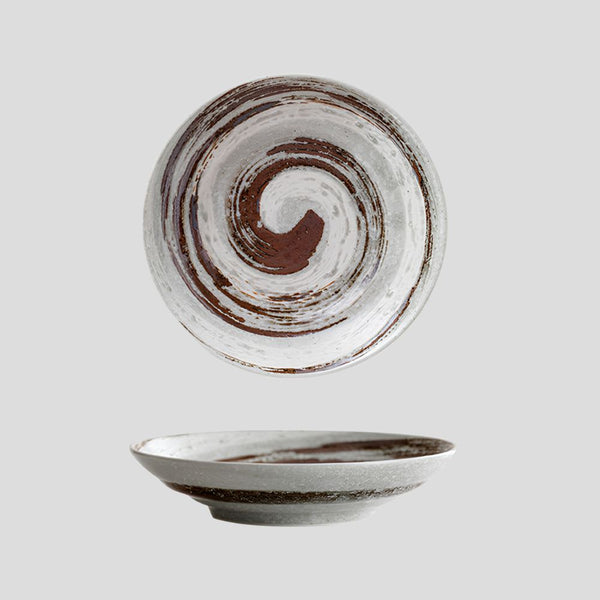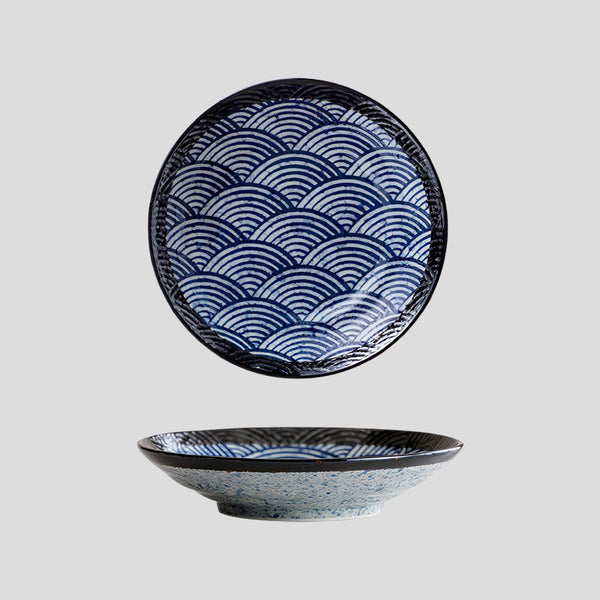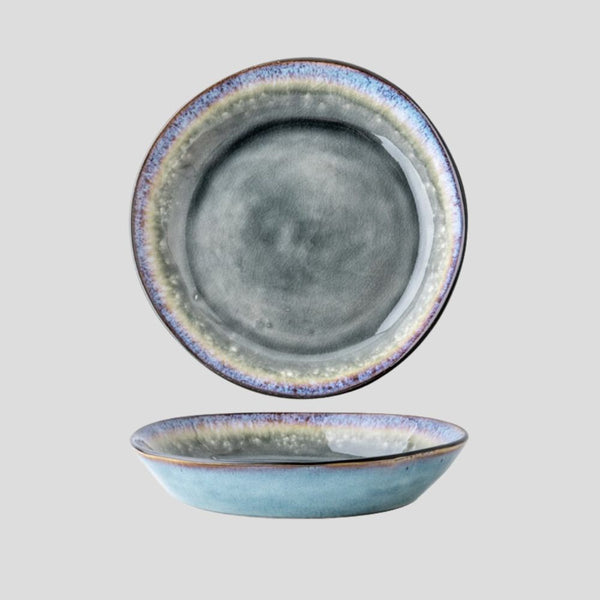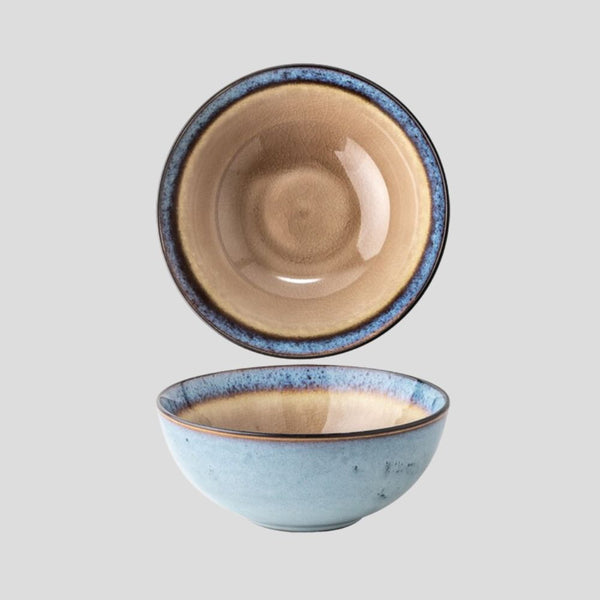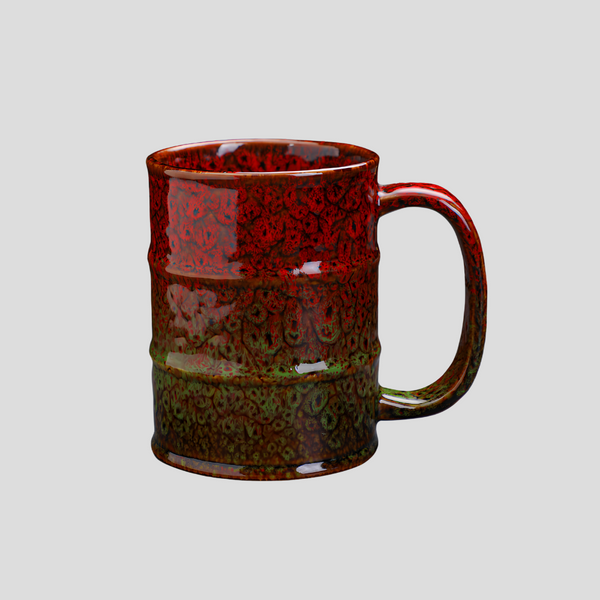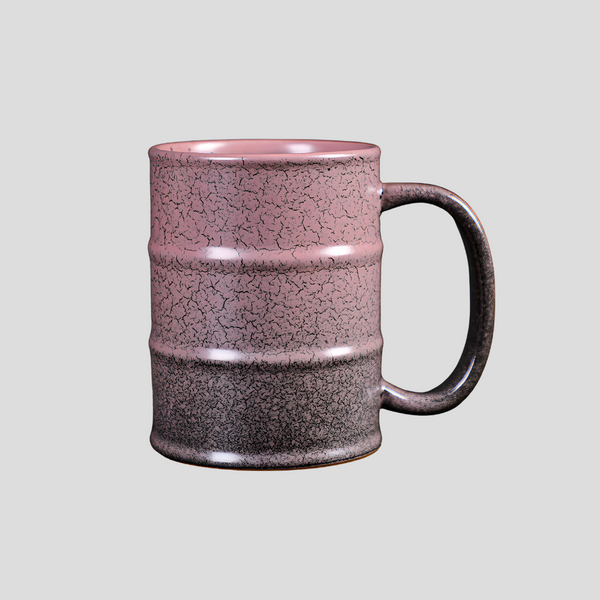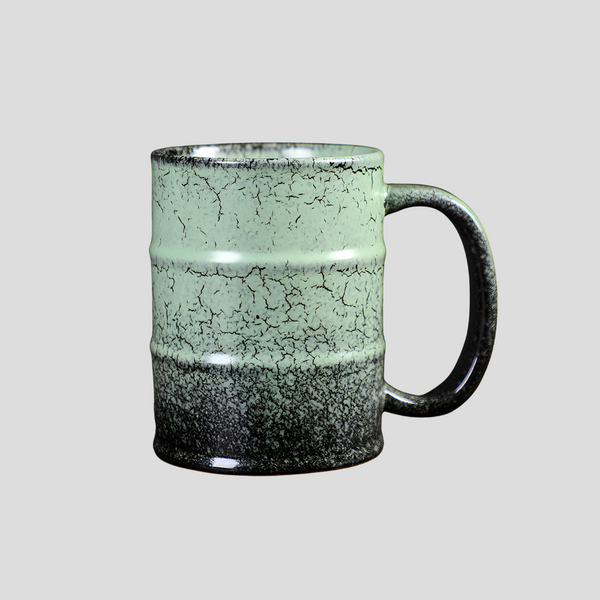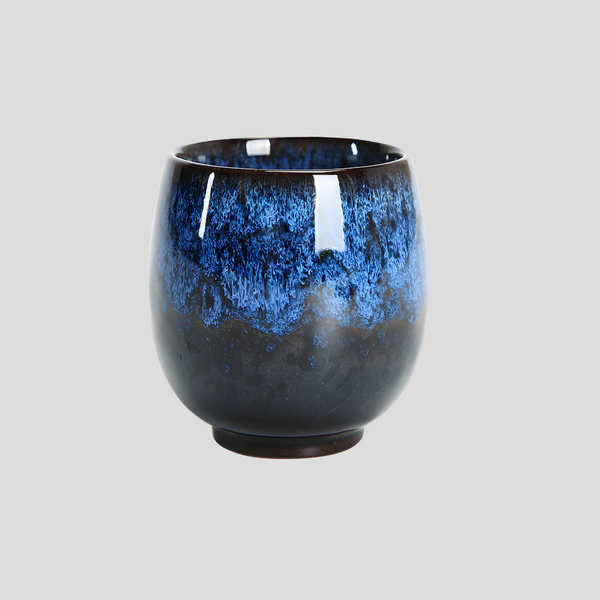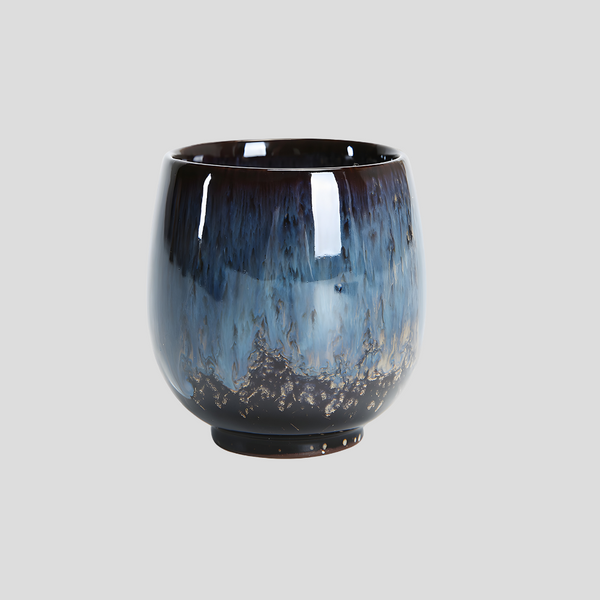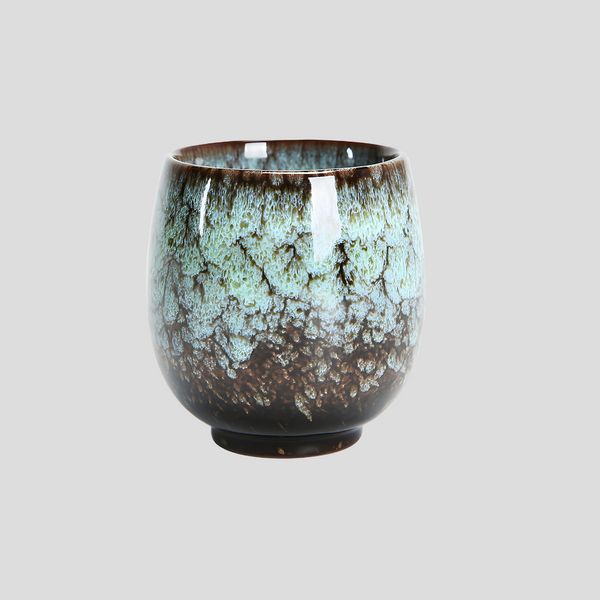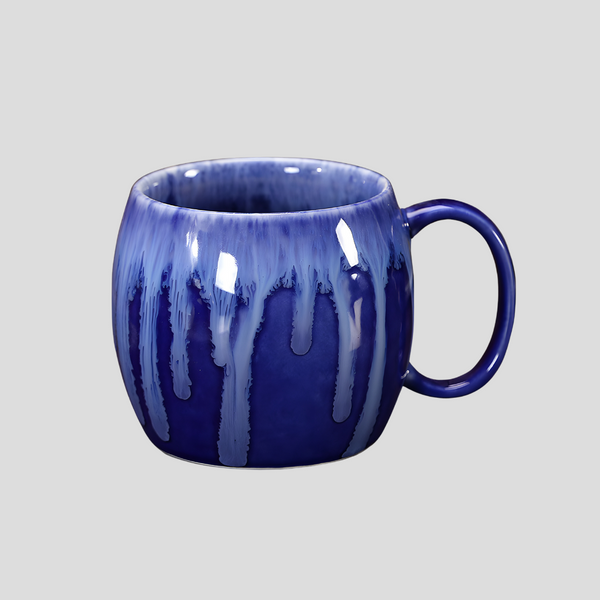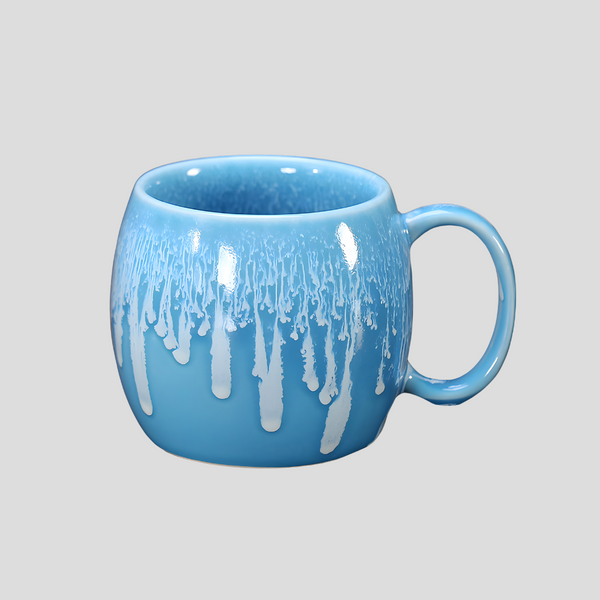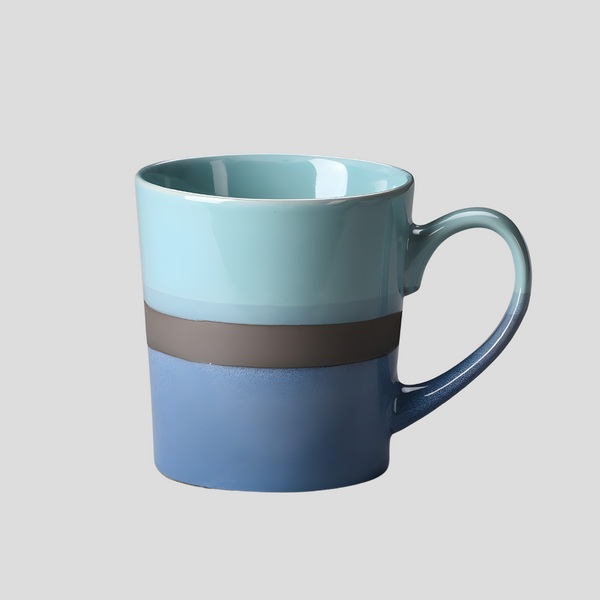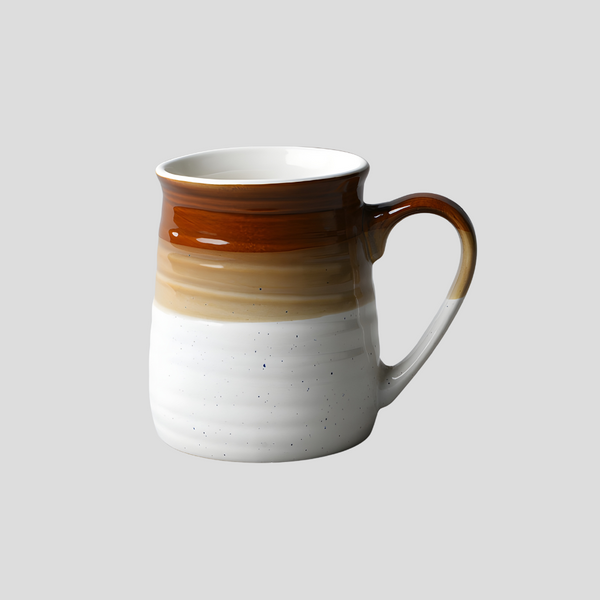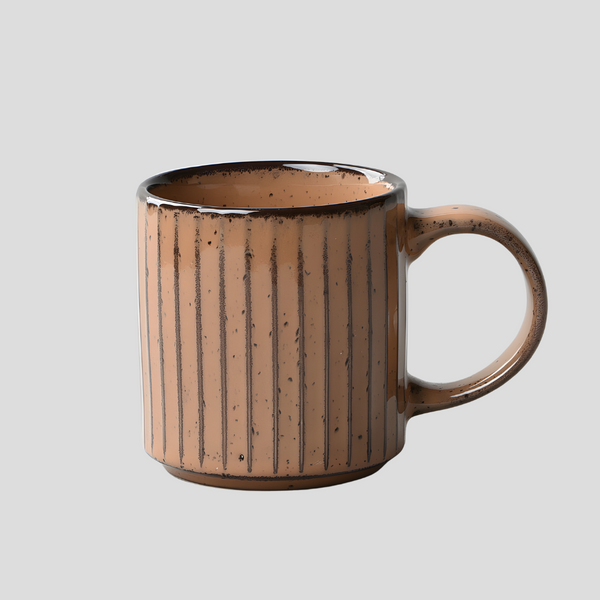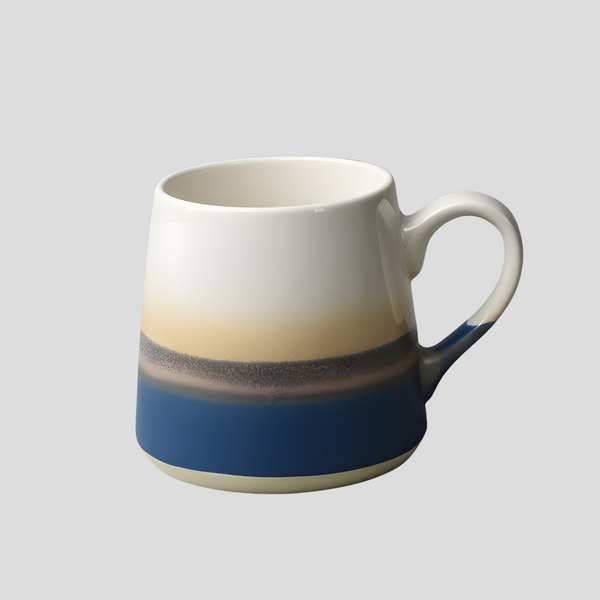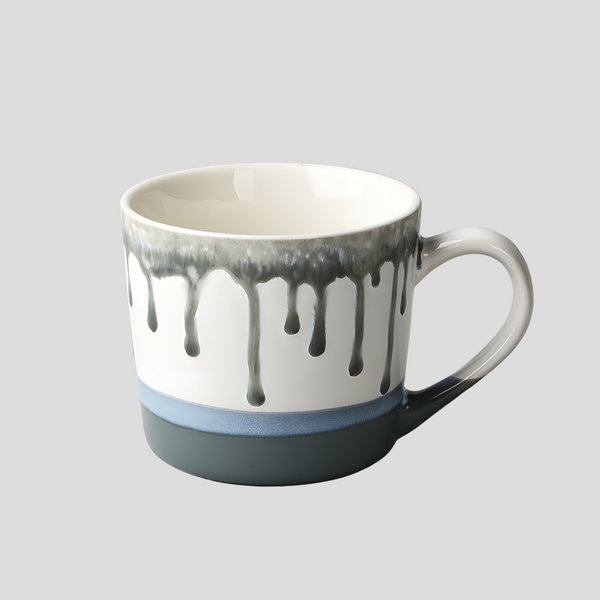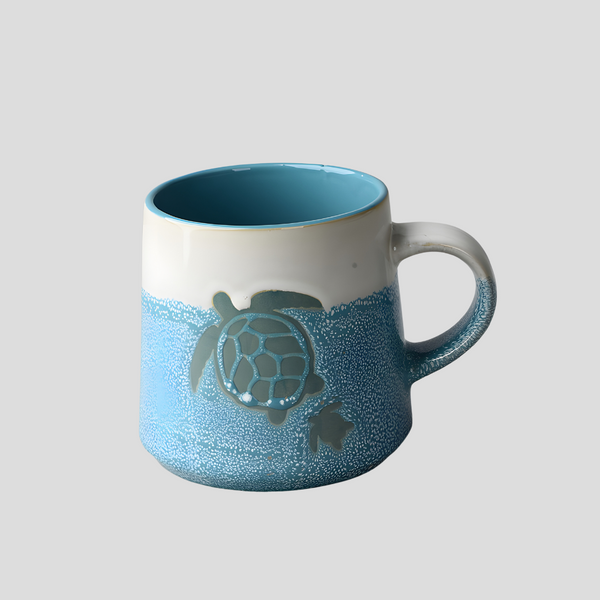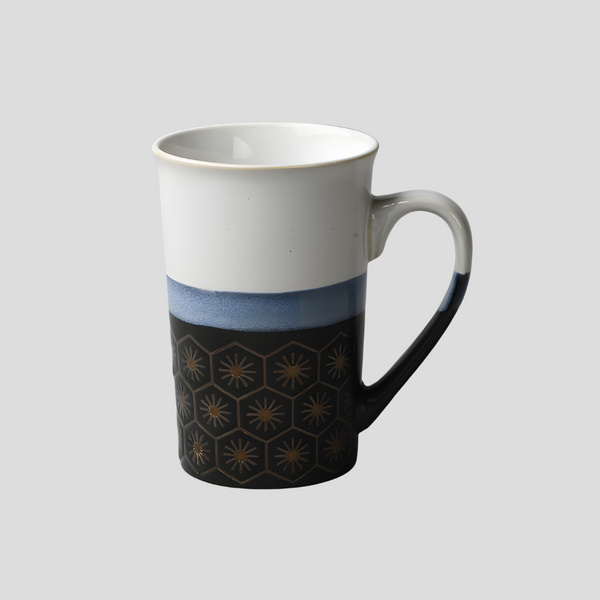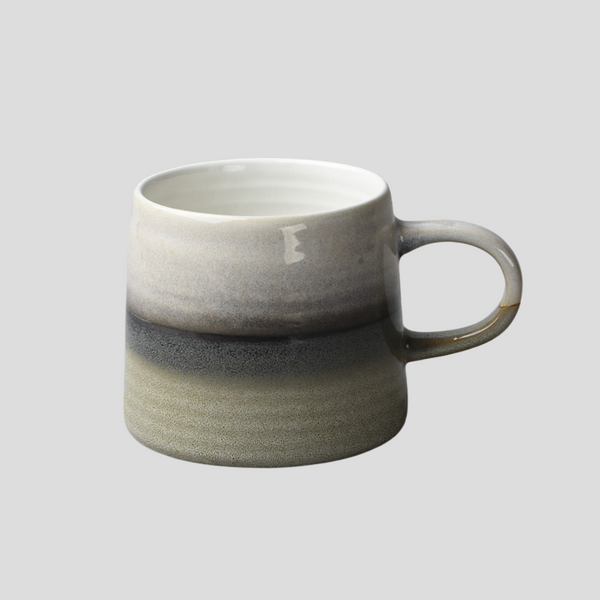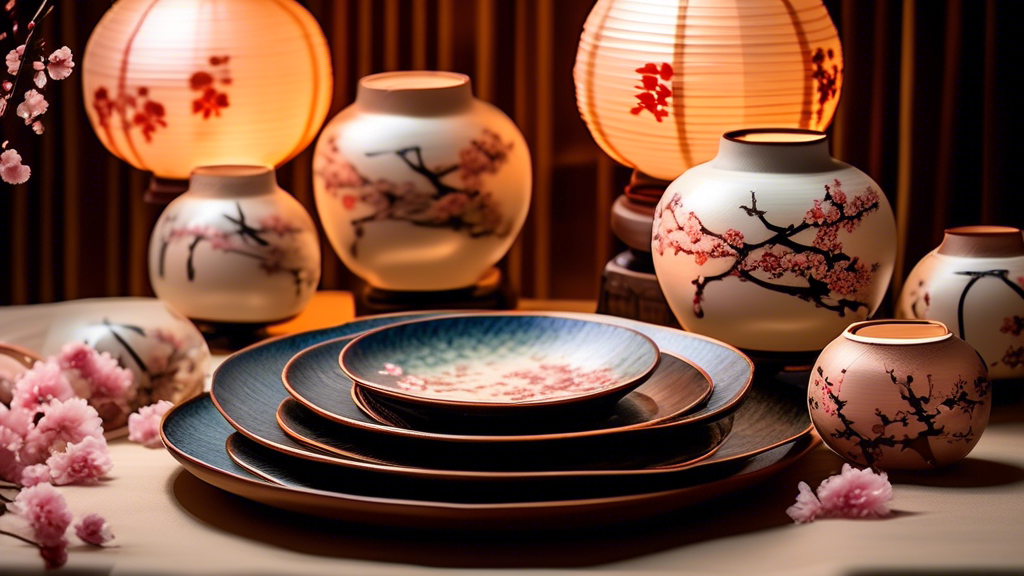
Exploring the Beauty of Japanese Earthenware Plates
Exploring the Beauty of Japanese Earthenware Plates
Japanese earthenware plates possess a timeless beauty that captivates enthusiasts and collectors worldwide. Subtle, earthy, and profoundly tied to the rich cultural tapestry of Japan, these plates exemplify the pinnacle of craftsmanship and the deep connection between art and nature in Japanese culture. Understanding and appreciating the beauty of Japanese earthenware plates means exploring their history, variety, and the meticulous process behind their creation.
The Historical Significance
Earthenware in Japan has a history that stretches back thousands of years, with some of the earliest examples dating from the Jomon period (14,000–300 BCE). Initially functional, these earthenware pieces gradually evolved into objects of profound beauty and cultural significance. The development of various firing techniques and glazes over centuries has spawned an incredible variety of styles. Among these, perhaps none are as celebrated as the rustic elegance of Mingei movement pieces, which emphasized the beauty in everyday, utilitarian objects.
Types of Japanese Earthenware Plates
There are several distinguishable types of Japanese earthenware plates, each with its own unique characteristics and historical background. Notable examples include the robust and natural Bizen ware, known for its iron-like strength and lack of glaze; the elegant and sophisticated Hagi ware, which is often appreciated for its subtle glaze variations; and the warm and inviting Mashiko ware, celebrated for its rustic charm. Each type offers a different aesthetic, reflecting the diverse climates and cultures of Japan's regions.
The Artistry Behind Earthenware
The creation of a Japanese earthenware plate is a process steeped in tradition, requiring meticulous skill and a deep understanding of the materials at hand. Artisans, known as potters or ceramists, often study for years, if not decades, to perfect their craft. The process involves sourcing and preparing the clay, shaping the piece, decorating, glazing, and finally, firing in a kiln. This intensive process results in plates that are not only visually appealing but also imbued with the spirit and dedication of the artisan.
The Aesthetic Appeal
One of the most compelling aspects of Japanese earthenware plates is their aesthetic beauty. The natural, understated elegance of these plates lies in their imperfections - the subtle variations in shape, color, and texture that make each piece unique. This concept, known as wabi-sabi, is a central tenet of Japanese aesthetics, valuing the beauty of impermanence and imperfection. In a world that often values mass production and uniformity, the wabi-sabi of Japanese earthenware offers a breath of fresh air and a reminder of the beauty inherent in the handcrafted and the natural.
Collecting Japanese Earthenware Plates
For collectors and enthusiasts, Japanese earthenware plates offer a fascinating window into the culture and history of Japan. Collecting these pieces is not only about appreciating their aesthetic appeal but also about understanding and preserving the traditions and stories they represent. Whether displayed on a wall, used in traditional tea ceremonies, or serving as a centerpiece for a meal, these plates have the power to bring a touch of Japanese elegance and philosophy into everyday life.
In conclusion, the beauty of Japanese earthenware plates lies in their rich history, variety, and the intricate artistry involved in their creation. These plates are more than just functional objects; they are emblematic of the Japanese aesthetic philosophy and a testament to the skill and dedication of Japanese artisans. By exploring and appreciating these exquisite pieces, one can gain insight into the profound beauty that has been cherished in Japan for centuries.
Click this link to check out our ceramic artwork!